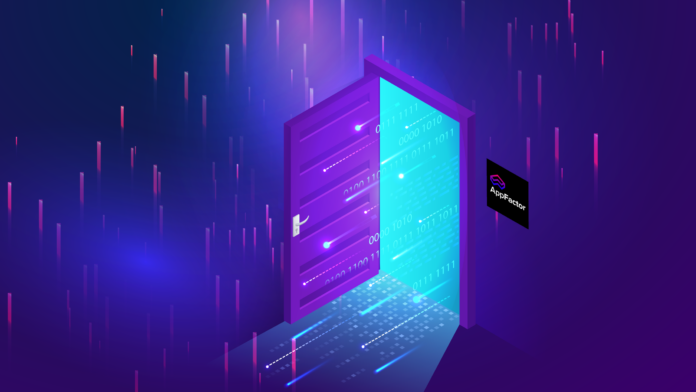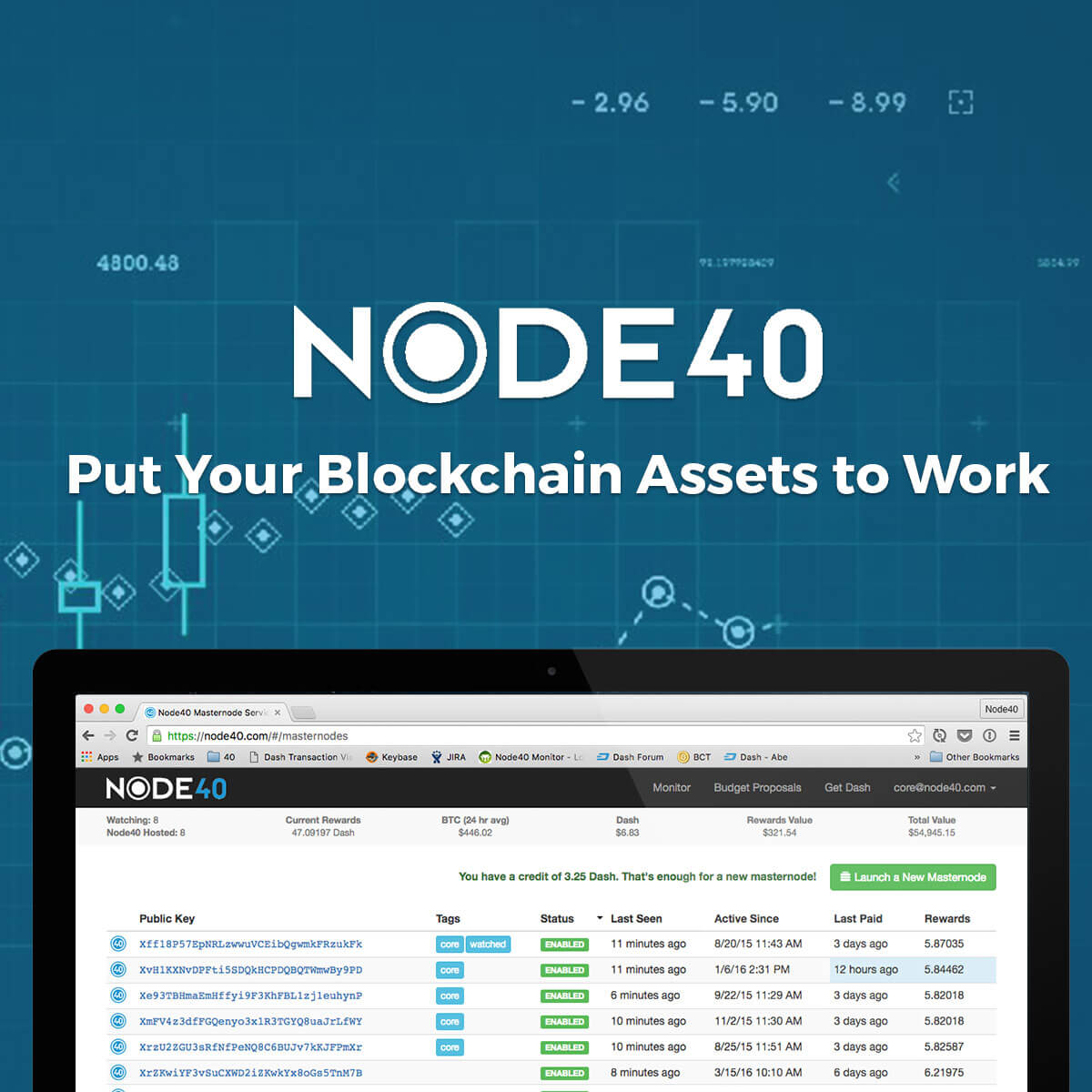Technical debt can be a significant problem for enterprises, but it is often hidden from view. Outsiders may notice technical debt through bugs and slow systems, while insiders may see it in the disproportionate allocation of resources towards maintenance rather than new development. McKinsey estimates that technical debt can account for up to 40% of a company’s total IT budget, and developers spend a third of their working week addressing existing technology issues instead of writing new code. However, getting a clear picture of the level of technical debt can be challenging because it spans multiple areas and domains within an organization.
The Impact of Technical Debt
Technical debt can have a profound impact on an organization. It can lead to slower development cycles, increased maintenance costs, and reduced agility. Legacy technology infrastructures become complex and unwieldy over time, making it difficult to introduce new features or make changes. This complexity snowballs and creates a mess that hampers innovation and impedes growth. Companies need to address technical debt to stay competitive and embrace modern cloud architectures.
Challenges with Legacy Enterprise Applications
Legacy enterprise applications pose unique challenges when it comes to addressing technical debt. These applications are often built at a specific point in time, and as business requirements and processes change, the environments around these applications and their dependencies evolve. Figuring out the components and dependencies of a legacy enterprise application can be a laborious manual process. Furthermore, many legacy applications require a mix of physical and virtual infrastructure to function, adding to the complexity. Existing app modernization tools are often manual and resource-intensive, lacking the visibility and support needed for physical infrastructure-based apps. There is a need for a solution that automates the process and provides comprehensive visibility into dependencies.
Introducing AppFactor
Overview of AppFactor
AppFactor is a U.K. startup that aims to solve the problem of technical debt by helping enterprises automatically re-architect their legacy applications. The platform scans and analyzes applications and their dependencies, allowing companies to modernize their applications for deployment in a cloud-native environment. AppFactor consists of three core components: a scanner/analyzer deployed to servers to collect data, an orchestrator to control the scanner/analyzer’s behavior, and the AppFactor SaaS platform that handles data analysis, machine learning processes, and containerization tasks.
Mission of AppFactor
AppFactor’s mission is to enable enterprises to rapidly move their existing application estates to the latest cloud technology. By automating the discovery and assessment of applications, AppFactor streamlines the app modernization process, reducing the time and resources required for migration. The company aims to provide comprehensive visibility into dependencies, allowing companies to view and understand the makeup and anatomy of their application estates in a granular and powerful way.
Recent Funding and Developments
AppFactor recently closed a pre-seed round of funding, raising over £1 million ($1.3 million). The funding will support the further development and expansion of the platform. Currently, the “discover and assess” facet of the platform is commercially available, and AppFactor plans to launch its “app modernization” module in November. This module will enable customers to not only find suitable candidates for modernization but also enact the transformation itself.
AppFactor’s Approach
Scanning and Analyzing Applications and Dependencies
AppFactor’s platform starts by scanning a company’s IT environment to identify all its applications and their dependencies. This process helps create a clear picture of the level of technical debt and highlights areas that require modernization. The platform collects data needed for the analysis and generates visual mappings of the applications and their dependencies.
The Role of the Orchestrator
The orchestrator component of AppFactor’s platform controls the behavior of the scanner/analyzer. It allows companies to specify the IP range and target systems for scanning. The orchestrator ensures that the scanning and analysis process is focused and efficient, providing accurate results for further processing.
The AppFactor SaaS Platform
The AppFactor SaaS platform is the central hub that handles data analysis, machine learning processes, and containerization tasks. It processes the data collected by the scanner/analyzer and generates insights and recommendations for app modernization. The SaaS platform utilizes machine learning algorithms to classify complex apps and generate patterns necessary for the transformation process.
App Modernization with AppFactor
Discovering and Assessing Applications
AppFactor’s platform automates the discovery and assessment of applications. By scanning the IT environment, the platform identifies all the applications and their dependencies, providing a comprehensive view of the technical debt. This information helps companies prioritize and plan their app modernization efforts, reducing the time and resources required for migration.
Upcoming App Modernization Module
AppFactor plans to launch an app modernization module in November. This module will enable customers to not only identify suitable candidates for modernization but also enact the transformation itself. The module will provide reporting and analytics to support the modernization process and streamline the migration to a cloud-native architecture.
Visualization of App Dependencies
Overview of AppFactor’s 3D Visualization Engine
AppFactor’s platform offers a unique feature in the form of a 3D visualization engine. This engine enables users to visualize app dependencies in a powerful and intuitive way. Companies can view and interact with the makeup and anatomy of their application estates, gaining a deep understanding of the dependencies and relationships within their systems. The 3D visualization engine provides a granular and powerful view of the complexity involved in app modernization.
Utilizing VR Headsets for Visualization
AppFactor takes visualization a step further by making it available for VR headsets. By leveraging VR technology, companies can immerse themselves in their application estates and gain a more immersive and intuitive understanding of their systems. This VR functionality offers a unique and engaging way to explore and validate knowledge, empowering companies in their app modernization journey.
Limitations of Current App Modernization Tools
Manual and Resource-Intensive Processes
Existing app modernization tools are often manual and resource-intensive. They require significant continuous testing and often fall short in providing comprehensive visibility into dependencies. Developers spend a considerable amount of time and effort manually running these tools, which slows down the modernization process and hampers agility.
Insufficient Visibility into Dependencies
One of the key challenges with app modernization is understanding and visualizing dependencies. Existing tools may not offer a comprehensive view of the dependencies, making it difficult to identify and address potential issues. This lack of visibility can result in a less efficient and effective modernization process.
Lack of Support for Physical Infrastructure-Based Apps
Many legacy enterprise applications rely on a mix of physical and virtual infrastructure to function. However, existing app modernization tools often do not provide the necessary support for physical infrastructure-based apps. This limitation hinders the modernization process and creates additional complexity for companies seeking to migrate to a cloud-native architecture.
Comparison to Other Similar Services
Google’s Migrate for Anthos and AWS’s App2Container
Google’s Migrate for Anthos and AWS’s App2Container are two similar services that aim to help companies convert virtual machines (VMs) to containers. While these services make it somewhat easier for enterprises to modernize their applications, they still rely on manual and command-line-based processes. They also do not provide extensive visibility into dependencies and may not support physical infrastructure-based apps.
Venture-Backed Vfunction for Monolithic to Microservices Transition
Vfunction is a venture-backed service that focuses on helping companies transition from monolithic software to microservices. While it addresses a different aspect of app modernization, like AppFactor, its goal is to reduce technical debt and help companies embrace modern architectures. Each service takes a slightly different approach, but the ultimate objective is the same.
AppFactor’s Vision for Technical Debt Reduction
Four Pillars of Technical Debt
AppFactor believes that technical debt can be categorized into four pillars: infrastructure, architecture, code, and dependencies. By addressing these pillars, companies can effectively reduce their technical debt. AppFactor’s platform provides the tools and capabilities to tackle each pillar, helping companies modernize their applications and embrace optimum architecture patterns.
Optimum Architecture Patterns for Enterprise Apps
AppFactor’s vision is to allow the attributes of an enterprise app to dictate the optimum architecture pattern. They believe that not all applications are suited for microservices, and a one-size-fits-all approach may not be effective. By understanding the unique characteristics of each application, AppFactor aims to guide enterprises in choosing the right architecture pattern to reduce technical debt and enhance application performance.
AI in AppFactor
Machine Learning Classifications for Complex Apps
AppFactor utilizes machine learning classifications to handle complex applications. By creating trained data models and employing various attributes and data points, AppFactor can identify application patterns necessary for transformation. This approach allows for a more automated and efficient process, reducing the manual effort required for app modernization.
Future Use of Large Language Models for Code Generation
AppFactor is also exploring the use of large language models (LLMs) for code generation. This future use case aims to automate code generation for Kubernetes deployments, further streamlining the app modernization process. While this feature is still under development, it showcases AppFactor’s commitment to leveraging AI and cutting-edge technologies to improve the app modernization experience.
In conclusion, AppFactor offers a comprehensive solution for addressing technical debt and modernizing legacy enterprise applications. The platform’s scanning and analysis capabilities, along with its 3D visualization engine, provide companies with the visibility they need to effectively reduce technical debt. With its upcoming app modernization module and AI-powered features, AppFactor aims to streamline the modernization process and empower enterprises to embrace cloud-native architectures. By automating and simplifying the app modernization journey, AppFactor helps companies stay competitive and overcome the challenges posed by technical debt.












